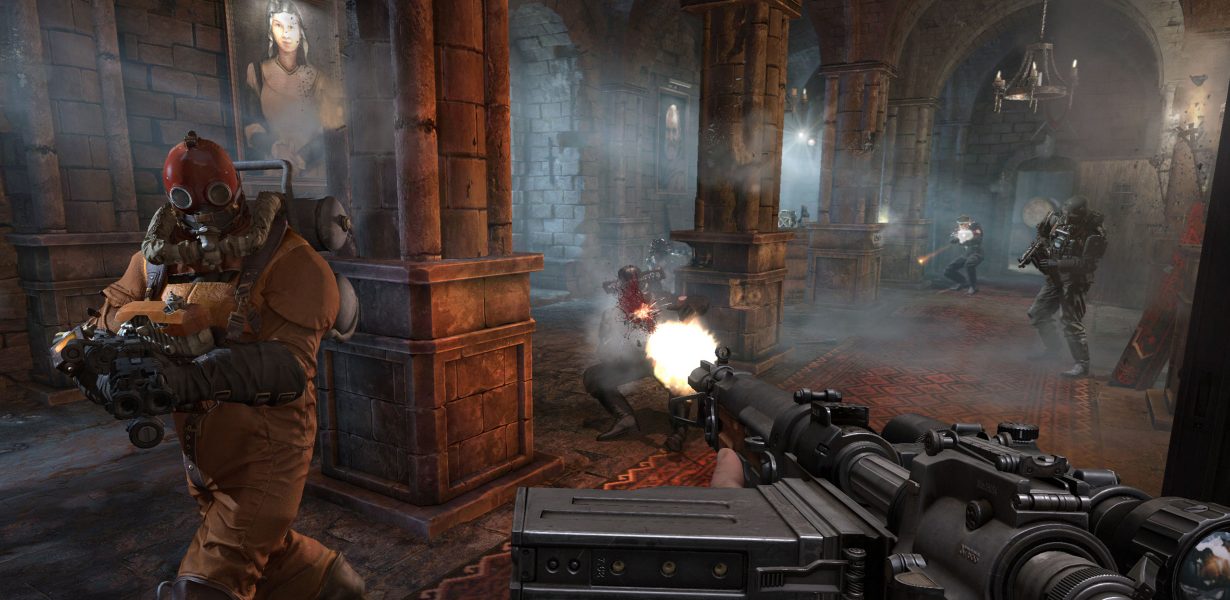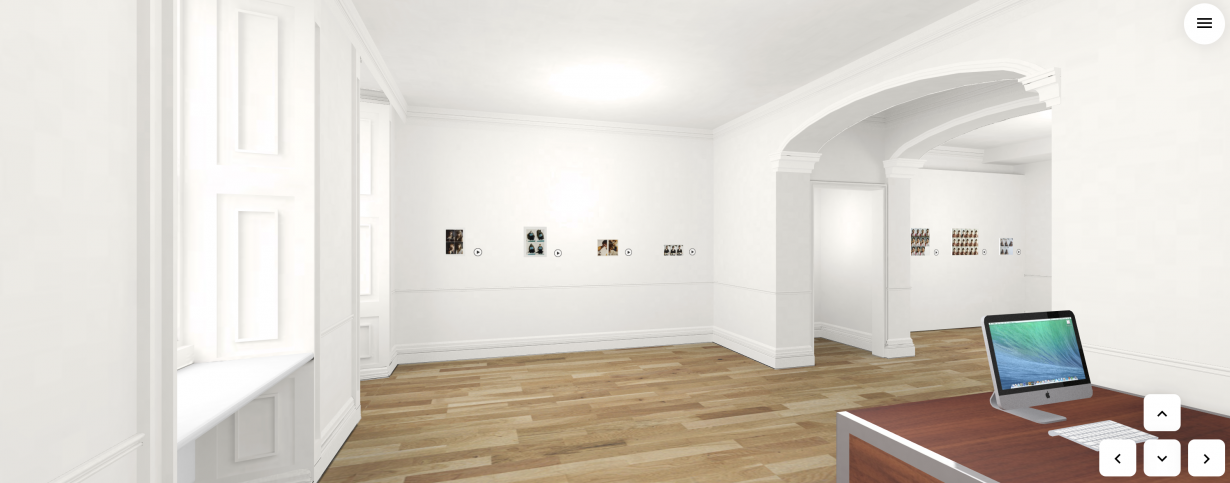With life under successive lockdowns, get used to art run on a medium-low setting

The other day, slumped at my desk with a stack of editing to do, I considered the prospect of hopping on my bike and touring Berlin’s galleries. If – say – you had recently written a column suggesting that the same city’s art scene is now mostly catatonic, then pedalling directly into the fray might appear unwise (despite buzzing off my hair and donning shades, I’ve had a few uneasy encounters with gallerists already), but still I felt the urge to try. Vincent Fecteau’s show at Buchholz seemed promising, and a couple of friends had exhibitions on elsewhere. The flesh, however, turned out to be weak, and I stayed at my ‘workstation’ and streamed some music.
As expected, it sounded magnitudes crappier than it would have if I’d crossed the room and put a record on the turntable: but hey, I’d saved myself a walk. On my Kindle, I nosed through a book purchased the day before because I wanted it now, rather than either having to schlep to a shop or wait 24 hours for delivery of a physical object that would have offered a much more tactile experience and wouldn’t vanish when the battery died. (Needless to say, the fact that it was cheaper in digital form helped push things in the other direction.) The book, it turned out, hadn’t been worth rushing to acquire, and finally, momentarily sick of electronic media, I picked up an unread art magazine, flipped to the reviews section – short stuff first – and read an analysis of an exhibition that, it turned out, was an ‘online presentation’: the writer had seen it onscreen. Presumably the magazine needed reviews, certainly the critic needed money (when don’t we?), and there we were.
No big deal was made of the mediation, or the loss of a haptic dimension in works – here, sculptures and drawings – meant to be experienced in person: not so novel anymore. Nevertheless, the show sounded interesting and I browsed it online. Still feeling somewhat hollow, also noting the strange, horizontal, not entirely unpleasant experience of seeing the same thing that the critic had seen. In the same format, as if it were a Netflix show. Digital media has its advantages, no question, but it can also normalise inferior experiences. In the days of the iPod, Apple’s shitty prepackaged earbuds conveniently disguised the paucity of compressed audio (medium-low quality was the default iTunes setting). Swayed by convenience, a generation grew up not knowing better. Same with the vinyl revival, wherein a lot of reissued records are digitally mastered from CDs and often sound significantly flatter than original pressings. Then again, if you’re playing it on a replica Dansette with cheap built-in speakers… Well anyway, probably you see where this is going.

If, as seems likely, we have successive lockdowns, then we’re going to have an extended phase of exhibitions – not to mention fairs – only existing online. Galleries that are currently open (in real life), like White Cube in London, are starting to use the format to double down on the number of ‘shows’ they have, running parallel physical and virtual exhibition strands. This makes sense given that they can’t sell so much work at art fairs right now. But increasingly, even if you’re in a city with a large art scene, the choice may be between seeing a show at a remove – that is, making some compromised attempt at keeping up – or not seeing it at all, similar to how analogue-media favourers currently have to decide between streaming their favourite act’s album as soon as it drops or waiting for a physical release that might, nowadays, never come or take months, even years to arrive.
Meanwhile, online shows, however clunky they feel now, are likely to inch closer to being immersive – in the early days of the switch to online exhibitions, it didn’t take long for ‘3D presentations’ to show up, in which you could glide through the space as in Google Earth or a first-person shooter. (Actually, hybridising the latter with a gallery website might be worth considering.) Art, in a pandemic-driven step-change, may become one more thing that has been, if involuntarily, disrupted and recoded. It won’t do Richard Serra many favours; but, with respect, he’s not going to be here forever. It’s the kids we need to worry about.
Well, to a degree. They’d adapt if this rebalancing scenario came true, though what this will do to aesthetics specifically is an open question. In the case of ye olde Postinternet, the initial primacy of the online experience led after a while to physical objects that also had screen power. A while ago I made a joke on social media that someone should be making paintings the same size and dimensions as a phone screen, and another to the effect that megagalleries would soon be jockeying to have the biggest virtual space, or largest number of discrete websites. But I’m not really trying out futurology here, more somewhat apprehensive that – if the spirit is willing, and I have a network connection – I’m going to be doing a lot of trackpad jockeying, pivoting and zooming around digital rooms, or worse. That the Berlin gallerist’s avatar is going to emerge out of nowhere and say, sternly, “But Martin, this is a good show, isn’t it?” And then I’m going to regret missing all the real exhibitions that, back in the day, I could have gone to see; and finally, indolently, I’ll start to forget what the difference was.